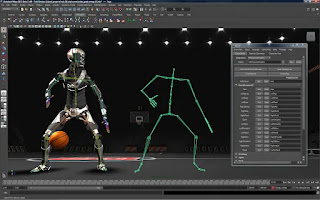The world of 3D art is rapidly growing and with it, the demand for sophisticated and user-friendly 3D software. As an artist, choosing the right software can be overwhelming, given the multitude of options available. To help you out, here is a list of the top 5 best 3D software for artists.
1.Blender
This open-source software offers a comprehensive suite of tools for modeling, animation, simulation, and rendering. Blender is highly versatile and can be used for a wide range of 3D projects, from architectural visualization to film and game production.
2.Autodesk Maya
Known for its robust feature set and high level of industry compatibility, Maya is a go-to choice for many 3D artists and studios. With a range of tools for modeling, rigging, animation, and visual effects, Maya is well-suited for large-scale, complex projects.
3.ZBrush
ZBrush is a digital sculpting tool that allows artists to create highly detailed, organic 3D models. It's an industry standard for sculpting and concept art, offering an intuitive and natural interface for creating stunning 3D art.
4.3DS Max
3DS Max is a popular 3D software package used in the gaming and entertainment industries. It's a comprehensive solution for 3D modeling, animation, and rendering, with a range of tools for working with character rigging, motion graphics, and architectural visualization.
5.Houdini
Houdini is a 3D software package designed for high-end visualization and VFX. It's used for a wide range of projects, including feature films, video games, and television commercials. Houdini offers a range of tools for modeling, animation, and simulation, and is widely used in the entertainment industry for its powerful and flexible feature set.
Each of these 3D software packages has its own strengths and weaknesses, and the right choice for you will depend on your specific needs and the type of 3D art you are creating. Consider your goals, budget, and personal preferences when making a decision, and remember that the most important thing is to find the software that helps you bring your creative visions to life.





Comments
Post a Comment